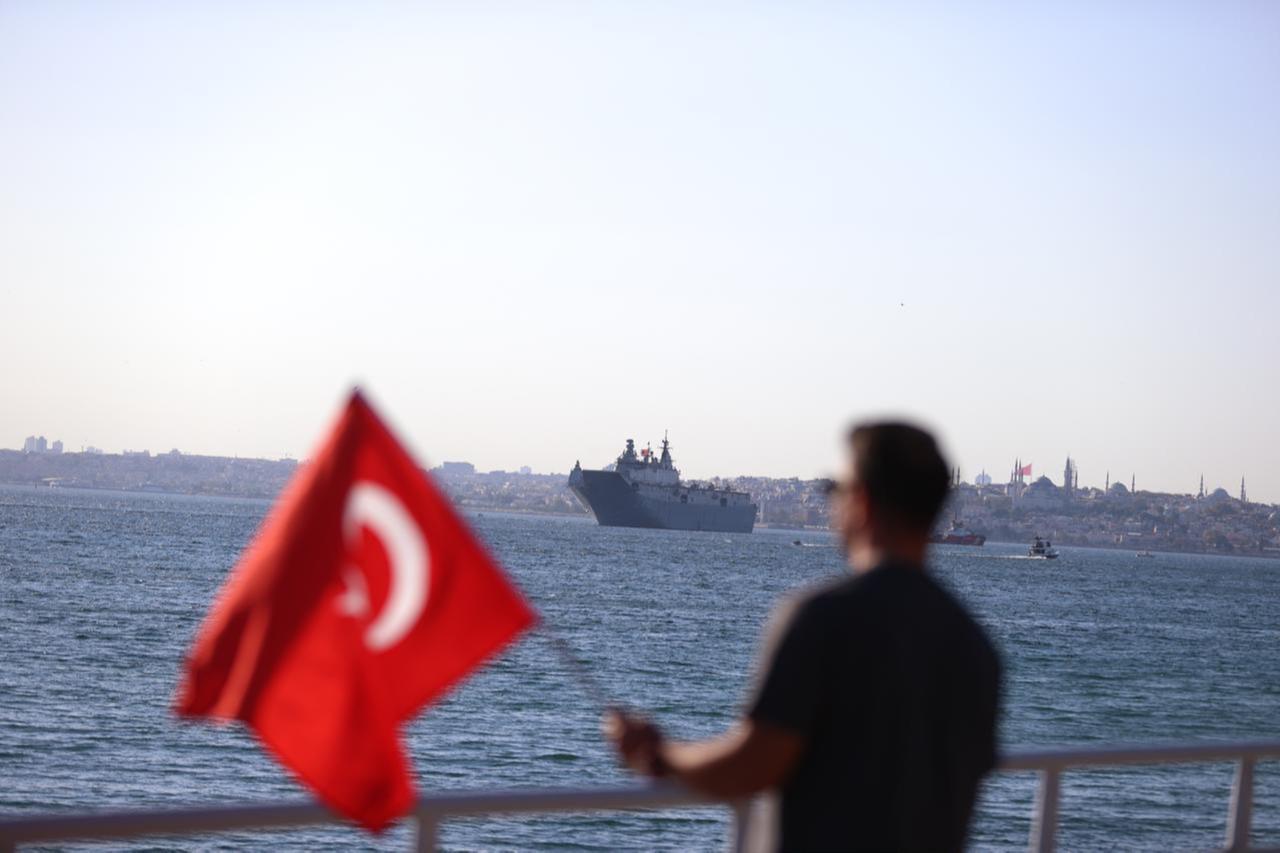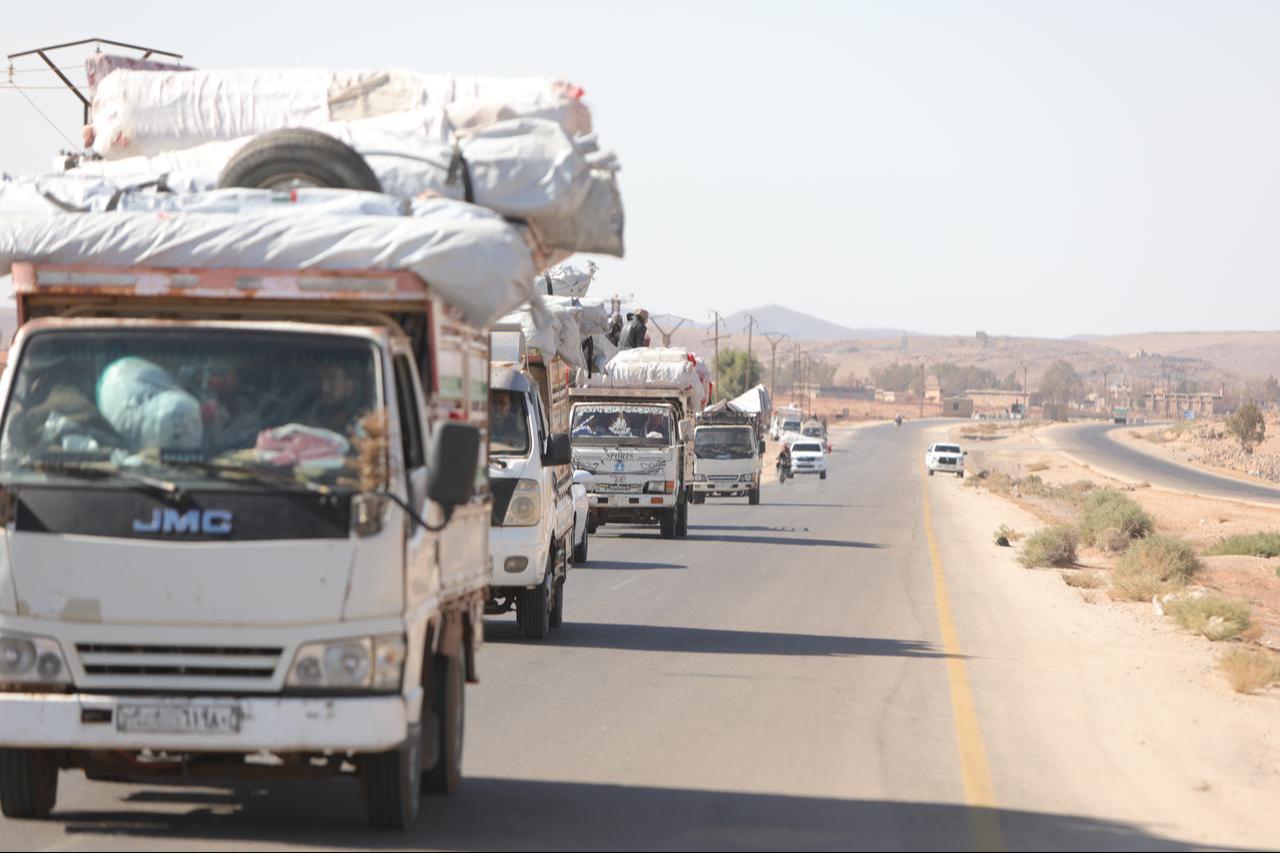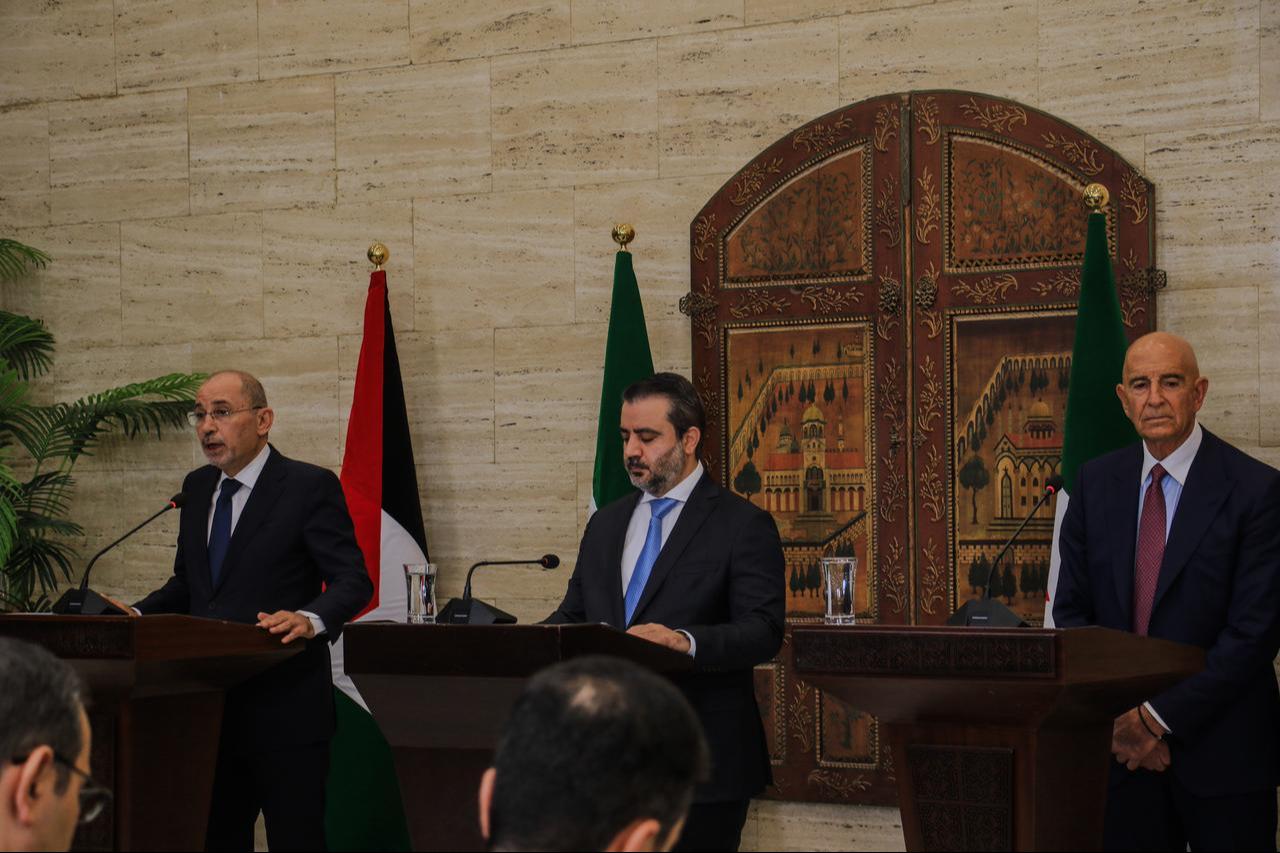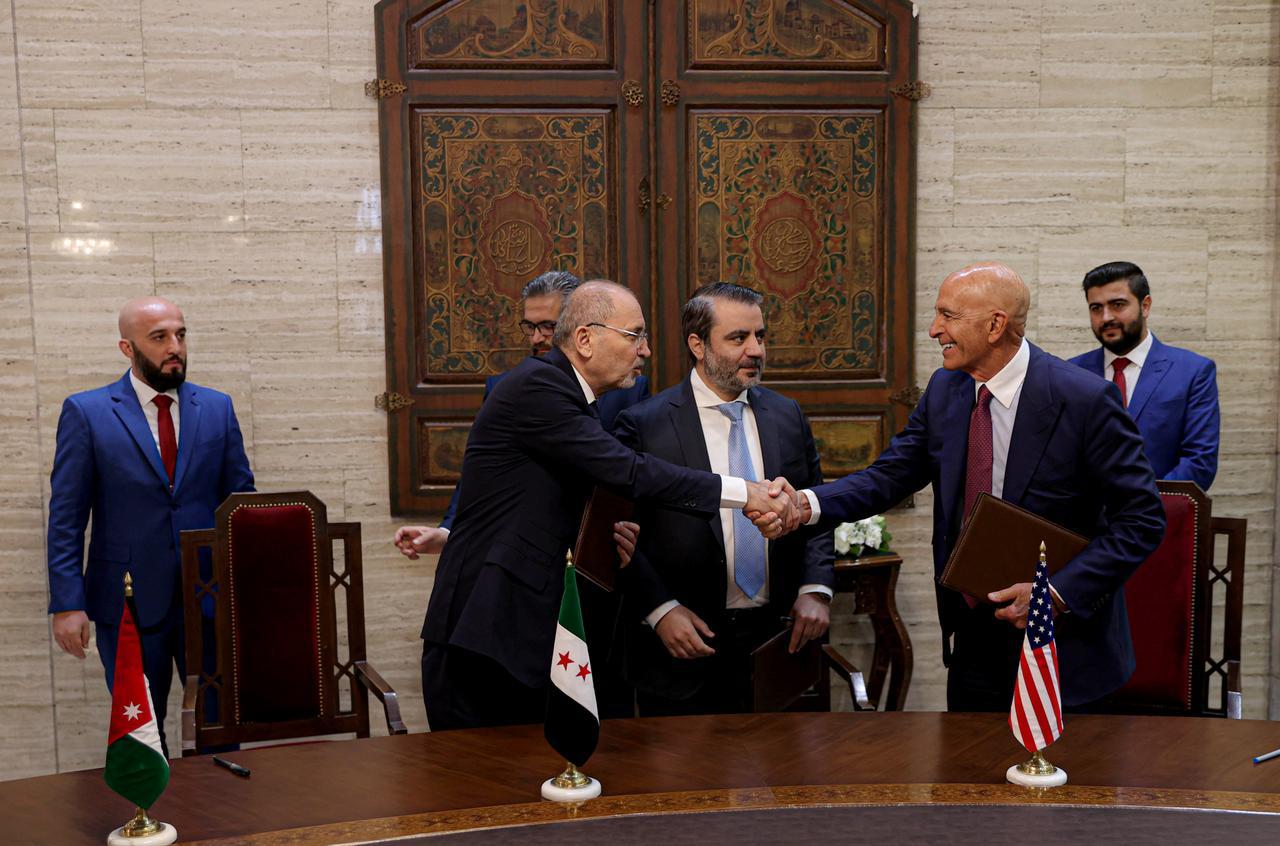
Turkish Foreign Ministry expressed satisfaction late Thursday with a seven-step roadmap announced by Syria, Jordan and the United States to resolve the crisis in Syria's southern Sweida province, pledging continued support for Syrian stability efforts.
The Turkish ministry welcomed the plan aimed at "preserving calm, ensuring stability, and preventing renewed conflict in Sweida," in Sweida, where clashes between Druze armed groups and Bedouin Arab tribes have claimed hundreds of lives since July.
"Türkiye will continue to support efforts that promote peace, security, and stability for all components of Syria, based on the principles of respect for territorial integrity, unity, and sovereignty," the Foreign Ministry said in a written statement.

The roadmap was announced following talks in Damascus between Syrian Foreign Minister Asaad al-Shaibani, Jordanian Foreign Minister Ayman Safadi and U.S. envoy to Syria Tom Barrack at the Tishreen Palace.
Speaking at a press conference, Shaibani outlined seven key components: ensuring uninterrupted humanitarian and medical aid, restoring essential services, deploying local security forces, compensating those affected, facilitating return of displaced persons, clarifying the fate of missing individuals, and launching a comprehensive reconciliation process.
The plan also includes holding accountable "all those whose hands are stained with assaults on civilians and their property," Shaibani said.

Syria's Foreign Ministry announced the government would invite an International Independent Investigation Commission to examine the events and bring those responsible to justice. Legal proceedings will be initiated against individuals who violated civilian rights and property.
Security forces under Syria's Interior Ministry will be deployed on the Sweida-Damascus road, while civilian fighters withdraw from the region.
Trained police forces will operate under the Amman Agreement framework.
The Syrian government, with Jordan and U.S. support, will continue delivering humanitarian and medical aid through UN organizations and international partners. Plans include rebuilding damaged villages with contributions from Jordan and the U.S.
Jordanian Foreign Minister Safadi emphasized the agreement operates "under the framework of Syria's unity and stability."
"We want Syria to stabilize, recover and rebuild after years of destruction and suffering, and to start practical steps toward a brighter future for all Syrians," Safadi said, adding that "security in southern Syria is an extension of Jordan's security and essential for our stability."
U.S. envoy Barrack, representing President Donald Trump and the Secretary of State, acknowledged challenges ahead. "Confidence-building takes inches, centimeters and decades to build and can be lost in an instant. We are going to hit speed bumps or we are going to have bus stops along the way," he said.

The crisis began on July 13 with small-scale clashes between Bedouin Arab tribes and Druze armed groups. Dozens of Syrian soldiers died in subsequent attacks by Druze groups on security forces sent to the region.
After an initial ceasefire broke down, Israeli air forces struck Syrian government targets July 16, including the Syrian Presidency compound, General Staff Headquarters and Defense Ministry. Israeli warplanes later attacked Damascus and Daraa while government forces withdrew from Sweida.
Hundreds are estimated to have died in the clashes and Israeli attacks. Sweida has observed a ceasefire since July 19.